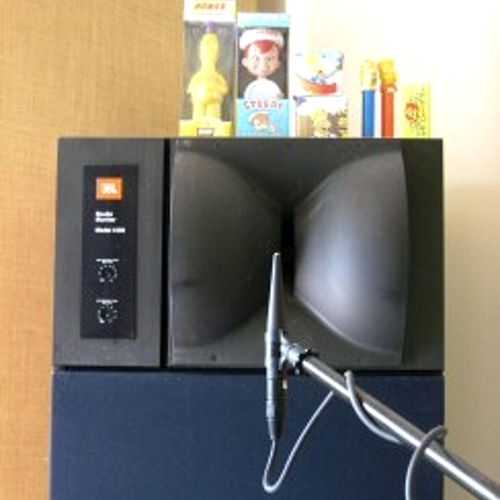
Or Maybe It’s The Preamps?
I wrote a version of the preceding text as a mini-article for my web site a few years ago, but without identifying the original article. It occurred to me recently that the author may not know about my article proving his theory is incorrect. So I emailed him the link and asked “Did you ever do a controlled test of this?
Logically, there should be no difference because competent converters have similar specs at both low and high signal levels. So I’m curious how you concluded that recording softer sounds better.”
He replied that he’s done many casual tests, and that his mastering clients have done “dozens and dozens” of such tests and related their same results to him. He also added that his article isn’t about converters, but rather concerns microphone preamps and “everything else before the converters.”
I found this surprising because he states early in his article, “You’re probably recording too hot.” He went on to describe the informal listening tests that convinced him many preamps don’t sound good when you push them hard. He also mentioned measuring the preamps with an analyzer, but didn’t elaborate or share any numbers.
I wasn’t there for his sessions where he claims to have tested many different preamps at various recording levels. But it seems to me that if he experienced audible distortion at levels substantially below hard clipping, it was probably due to poor gain staging elsewhere in the record chain, as mentioned earlier.
Or maybe it was the well-known frailty of human perception, since all of his tests were based on subjective listening. To be sure, you can’t compare preamps by ear unless you do a proper blind test with both levels precisely matched, which hardly anyone does.
So only by measuring will you know if, and by how much, distortion varies with signal level. And you need to do a complete set of tests: at least three or more frequencies between 20 Hz and 20 KHz, and at least three or more levels between -50 and +20 dBu.
From the published data I’ve seen, and based on my knowledge of electronics, most preamps are perfectly clean right up to the point of hard clipping. Just like most converters, and most other modern audio devices. Preamps are not analog tape!
Now, some old school gear with tubes and transformers might have more distortion as levels creep up, though better designs often put the transformer in the circuit’s negative feedback loop to minimize that problem.
Even a modest Mackie 1402 VLZ mixer specs its distortion at 0.0007% at +14 dBu and 1 KHz. The distortion may rise at lower or higher frequencies, though this mixer has no transformers so I don’t expect too much variation versus frequency.
The distortion probably won’t change much at lower levels either, though it’s possible depending on the type of distortion. Clipping distortion occurs at high signal levels, but crossover distortion worsens at lower levels. Regardless, here are some other preamp specs I found online showing relatively small amounts of distortion even at high output levels:
An API 512c claims less than 0.05% at +4 dBu output, and less than 0.1% at +28 dBu.
A Neve 1073DPA claims less than 0.07% from 50 Hz to 10 KHz at +20 dBu.
Grace Designs lists extremely low distortion for its m101 at +20 dBu for a number of different gain settings.
This doesn’t apply only to high-end preamps either — a lot of budget stuff is also clean right up to the point of hard clipping. Most modern audio devices employ op-amps, and that’s just how op-amp circuits work.
